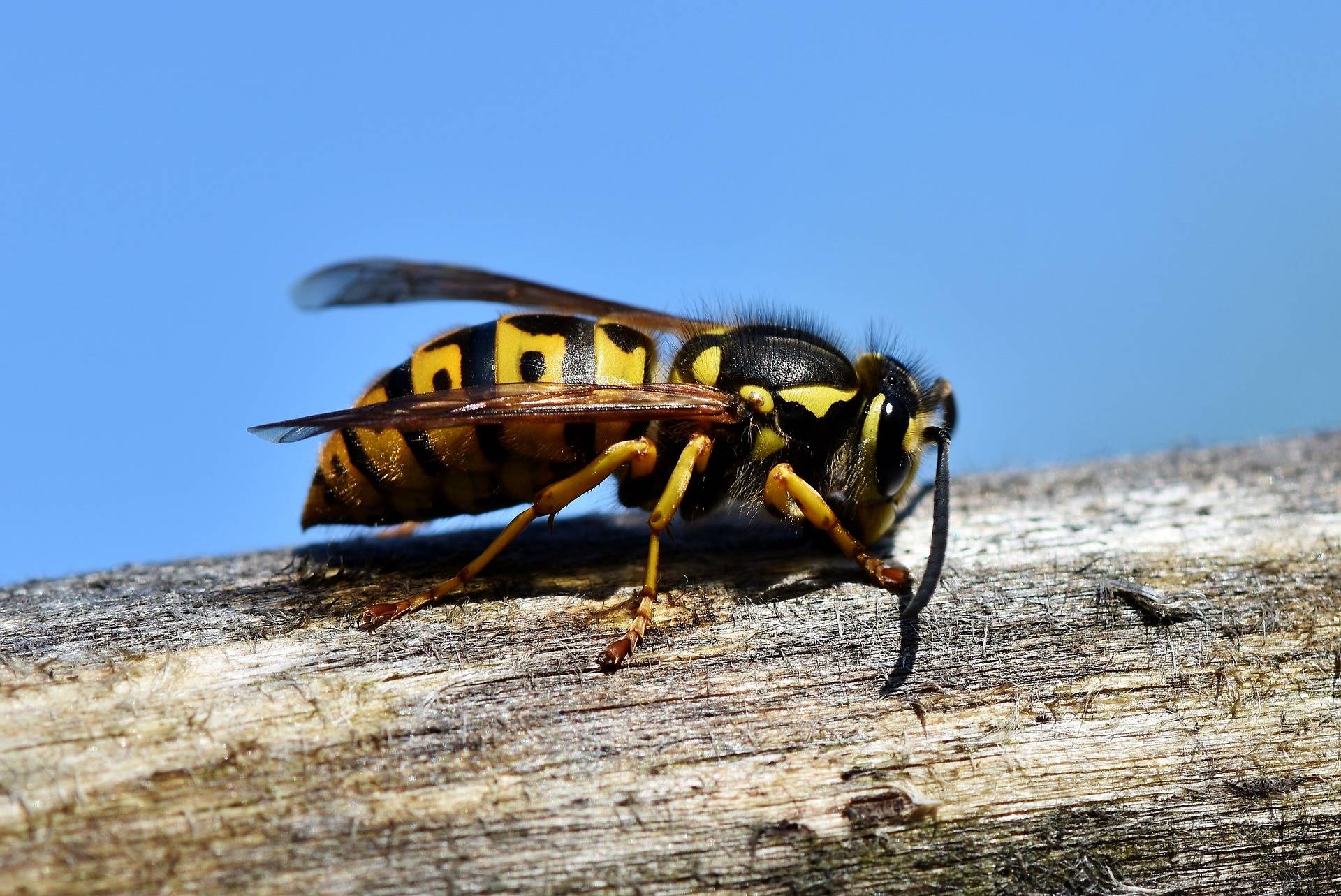Als Sportler bewegt man sich meist schnell und dynamisch und konzentriert sich voll auf diese Bewegungsabläufe. Da das Training häufig anstrengend ist, bildet sich schnell ein Schweißfilm auf der Haut. All das sind Bedingungen, die schnell zu einem Insekten- oder Wespenstich führen können. Wie du diese vermeidest und was du dich im Ernstfall verhalten solltest erklärt dir hier Prof. Dr. med. Thilo Jakob.
Schweiß zieht Wespen an
Gerade im Sommer kommt es beim Training draußen schnell zur Schweißbildung. Wespen werden davon geradezu angezogen, allerdings provozieren sie die schnellen Bewegungen der Sportler und sie werden aggressiv. Bleibt das Insekt aufgrund erhöhter Konzentration des Athleten unbemerkt kann es leicht zum Stich kommen. Dieser ist selbst bei keiner allergischen Reaktion bereits ziemlich unangenehm. Allerdings sind allein in Deutschland circa 3 Millionen Menschen allergisch, wovon ungefähr 20/Jahr an einem sogenannten anaphylaktischem Schock sterben. Die Dunkelziffer ist laut Jakob höher, da bei unbekannter Todesursache eine Insektenstich-Anaphylaxie häufig nicht bedacht wird.
Vermeidung von Insektenstichen
Falls es soweit möglich ist, sollten Sportler während des Trainings regelmäßig ihren Schweiß abwischen um so die Insekten nicht zu sehr anzulocken. Auch ein Deo ohne Duftstoffe vermeidet unnötiges Anziehen von Wespen. Achtet außerdem darauf helle und dezente Sportkleidung zu tragen, da dunkle und bunte Farben (z.B. Gelb) anziehend wirken.
Gestochen - Was tun?
Versucht sofort den Stachel entweder mit dem Fingernagel oder einer Scheckkarte zu entfernen. Drückt dabei aber nicht auf den Giftsack, der sich häufig noch am Stachel befindet, da sonst noch mehr Gift in die Haut freigesetzt wird. Sofortiges Kühlen lindert den Juckreiz und Zitronensaft oder eine aufgeschnittene Zwiebel können Schmerzlindernd wirken. Lasst diese aber nicht zu lange auf der Haut, da es sonst zu Verätzungen kommen kann. Ein gewisser Schmerz und etwas Schwellung sind aber bei Stichen normal, um diese zu reduzieren gibt es gewisse Salben und Gels. Allerdings solltet ihr euren Körper beobachten um eine allergische Reaktion zu erkennen, falls diese eintritt.
Allergische Reaktion - Symptome
Bei einer Insektenstichallergie kann es zu unterschiedlichen Äußerungen kommen. Beispiele dafür sind Hautausschlag an verschiedenen Körperstellen (unabhängig vom Einstichort), Schwellungen im Gesicht und am Hals und Juckreiz an Handinnenflächen, Fußsohlen oder behaarten Körperstellen.
Anaphylaktischer Schock - Symptome
Solltet ihr allergisch reagieren, kann es zu einem anaphylaktischem Schock kommen. Diesen erkennt man unter anderem an:
- plötzlich laufender oder verstopfter Nase
- Juckende Augen
- Schluck und Sprechbeschwerden
- Atemnot
- Herzrasen
- Schwindel
- Kreislaufschwäche
- Kreislaufzusammenbruch
- Übelkeit
- Erbrechen
- Darmbeschwerden
- Juckreiz und Rötungen am ganzen Körper
Sollten manche dieser Symptome bei euch auftreten, nehmt das auf jeden Fall ernst und kontaktiert sofort einen Arzt oder Notarzt. Eine Allergie lässt sich auch vor einem Stich bereits durch einen Test beim Arzt leicht feststellen. Wenn ihr eine diagnostizierte Allergie habt, solltet ihr eure Notfallmedikamente immer dabei haben, da ein Adrenalin-Autoinjektor, Antihistaminikum und Kortison euch im Notfall das Leben retten können.
Vorsorgemaßnahmen gegen einen allergischen Schock
Wollt ihr euch Absichern, kann euch eine Hyposensibilisierungsbehandlung (Insektengift-Impfung) helfen. Dadurch wird schnell ein erster Schutz gegen Insektengifte aufgebaut und nach circa drei bis fünf Jahren Behandlung wird bei 90% der Patienten keine Allgemeinreaktion auf Bienen- bzw. Wespenstiche festgestellt.
Sport nach dem Stich
Falls ihr während eures Trainings von einer Wespe oder ähnlichem gestochen worden seid, aber keine allergische Reaktion hattet, könnt ihr euer Training einfach weiter fortsetzen.
Weitere Informationen:




















